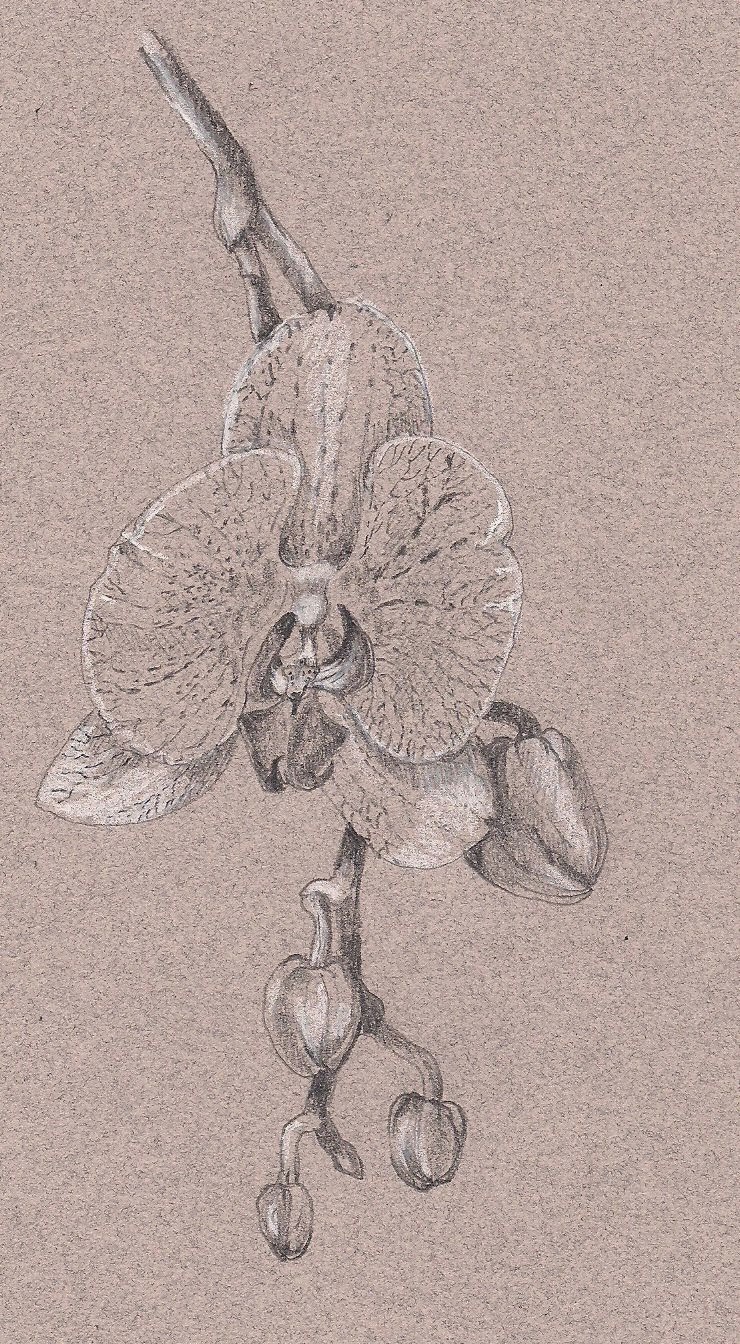Drawing on the Masters
It is only by drawing often, drawing everything, drawing incessantly, that one fine day you discover to your surprise that you have rendered something in its true character.
Camille Pissaro
Click HERE to send your drawing scans to share.
It is only by drawing often, drawing everything, drawing incessantly, that one fine day you discover to your surprise that you have rendered something in its true character.
Camille Pissaro
Spring Radish, colored pencil on paper, Julie Terry. Julie tells us, "I think Easter radishes are such a reminder of
Spring and that one of my favorite holidays is coming soon."
How About: Drawing a series of the plants that make you happy. Seasonal plants that speak to your heart, harvest bounty, the twigs bravely carrying on through winter...whatever moves you.
If you're looking for help in botanical drawing and painting, you can't go wrong with this book by botanical artist Ann Swan. This volume covers a start to finish method for botanical art and illustration.
Click HERE to see Ann's book online.
Summing Up: Well, you've done it! 31 days of drawing each day. It doesn't matter if it was 10 minutes a day, or hours at a time. You have ingrained your drawing skills into your very psyche, and your body has been trained to support the acts of drawing. Congratulations! We hope you have also gained the habit to draw so strongly that you'll feel sad when you don't draw every day. Then, you'll know your adventure as an artists is truly on its way. Thanks for participating. If you have images you still want to submit, please do. We'll post them right here!
Click HERE to send your drawing scans to share.




























